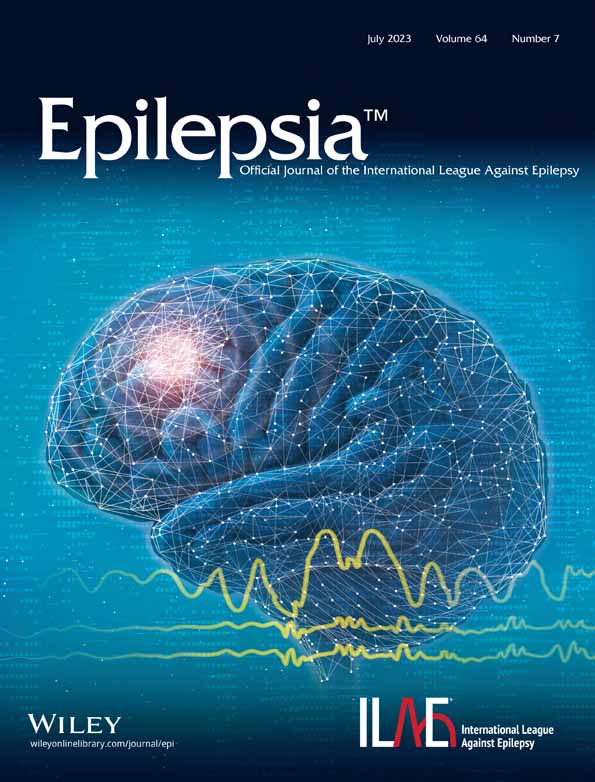Long-term epilepsy outcome dynamics revealed by natural language processing of clinic notes
Abstract
Objective
Electronic medical records allow for retrospective clinical research with large patient cohorts. However, epilepsy outcomes are often contained in free text notes that are difficult to mine. We recently developed and validated novel natural language processing (NLP) algorithms to automatically extract key epilepsy outcome measures from clinic notes. In this study, we assessed the feasibility of extracting these measures to study the natural history of epilepsy at our center.
Methods
We applied our previously validated NLP algorithms to extract seizure freedom, seizure frequency, and date of most recent seizure from outpatient visits at our epilepsy center from 2010 to 2022. We examined the dynamics of seizure outcomes over time using Markov model-based probability and Kaplan–Meier analyses.
Results
Performance of our algorithms on classifying seizure freedom was comparable to that of human reviewers (algorithm F1 = .88 vs. human annotator = .86). We extracted seizure outcome data from 55 630 clinic notes from 9510 unique patients written by 53 unique authors. Of these, 30% were classified as seizure-free since the last visit, 48% of non-seizure-free visits contained a quantifiable seizure frequency, and 47% of all visits contained the date of most recent seizure occurrence. Among patients with at least five visits, the probabilities of seizure freedom at the next visit ranged from 12% to 80% in patients having seizures or seizure-free at the prior three visits, respectively. Only 25% of patients who were seizure-free for 6 months remained seizure-free after 10 years.
Significance
Our findings demonstrate that epilepsy outcome measures can be extracted accurately from unstructured clinical note text using NLP. At our tertiary center, the disease course often followed a remitting and relapsing pattern. This method represents a powerful new tool for clinical research with many potential uses and extensions to other clinical questions.
CONFLICT OF INTEREST STATEMENT
None of the authors has any conflict of interest to disclose. We confirm that we have read the Journal's position on issues involved in ethical publication and affirm that this report is consistent with those guidelines.
Open Research
DATA AVAILABILITY STATEMENT
Our models are available on the Hugging Face Hub at: https://huggingface.co/CNT-UPenn. Our code is available on GitHub at: https://github.com/penn-cnt/Text_Mining_Epilepsy_Outcomes. We cannot make our clinical data available publicly due to patient privacy.




